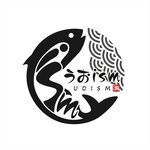Recommended sushi restaurants in Okayama, Japan
-

Uoism Okayama Ekimae Store
Sushi restaurant in Okayama [SUSHILIVE comment] -


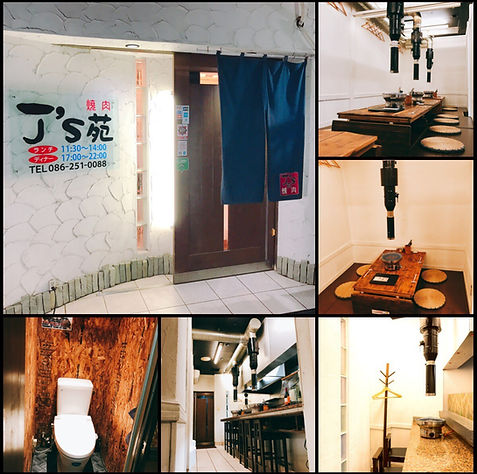
Senya Beef Yakiniku J's Garden
Sushi restaurant in Okayama [SUSHILIVE comment] -


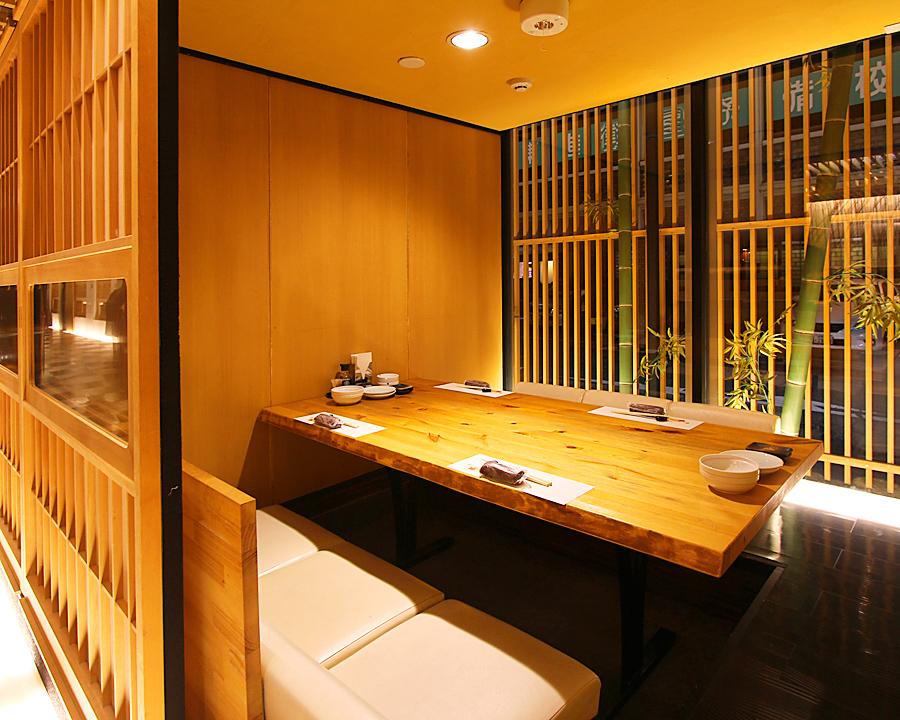
Ryoutei Kencho-dori Tamachi Branch
Sushi restaurant in Okayama [SUSHILIVE comment] -


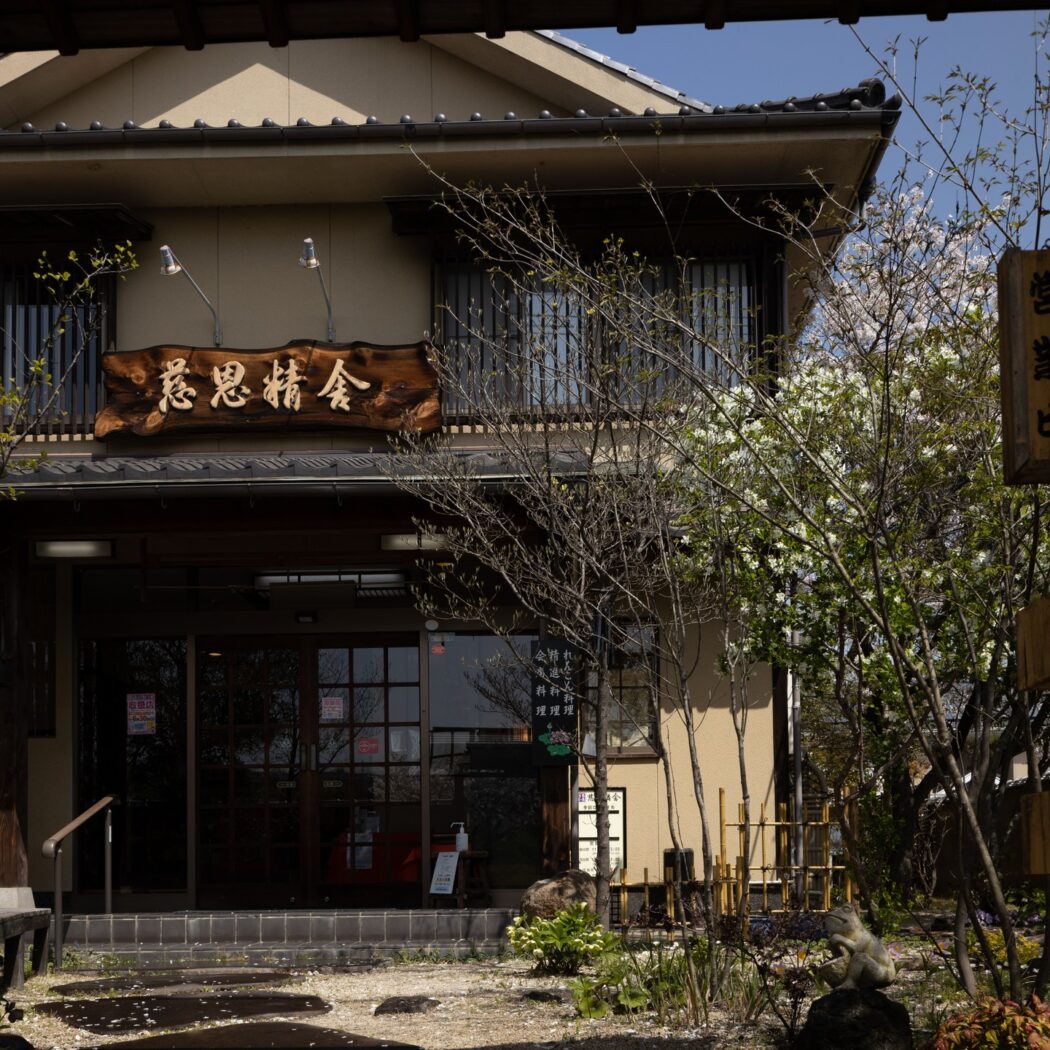
Jion Shoja
Sushi restaurant in Okayama [SUSHILIVE comment] -


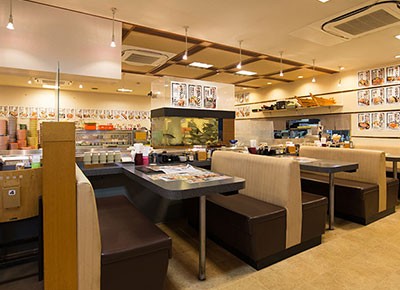
YUKI OKAYAMA Honten
Sushi restaurant in Okayama [SUSHILIVE comment] -


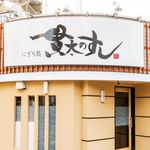
Nigiri Restaurant Kanta's Sushi
Sushi restaurant in Okayama [SUSHILIVE comment] -


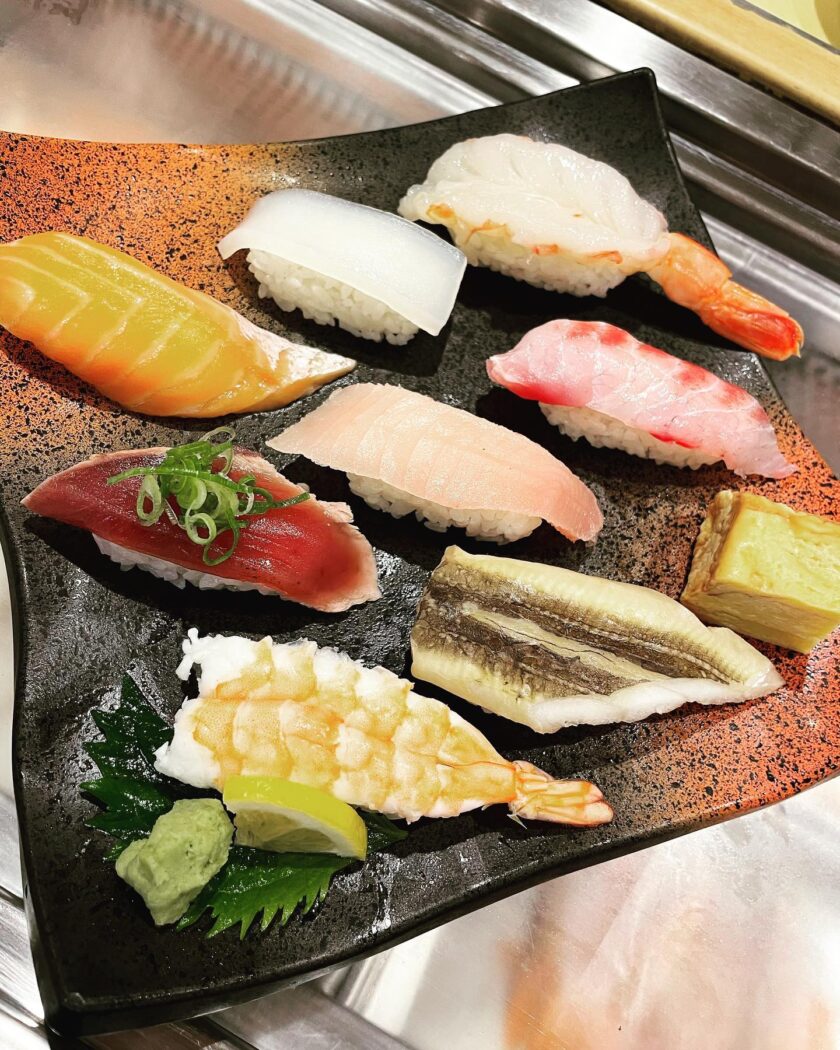
Kaito Daianji Branch
Sushi restaurant in Okayama [SUSHILIVE comment] -


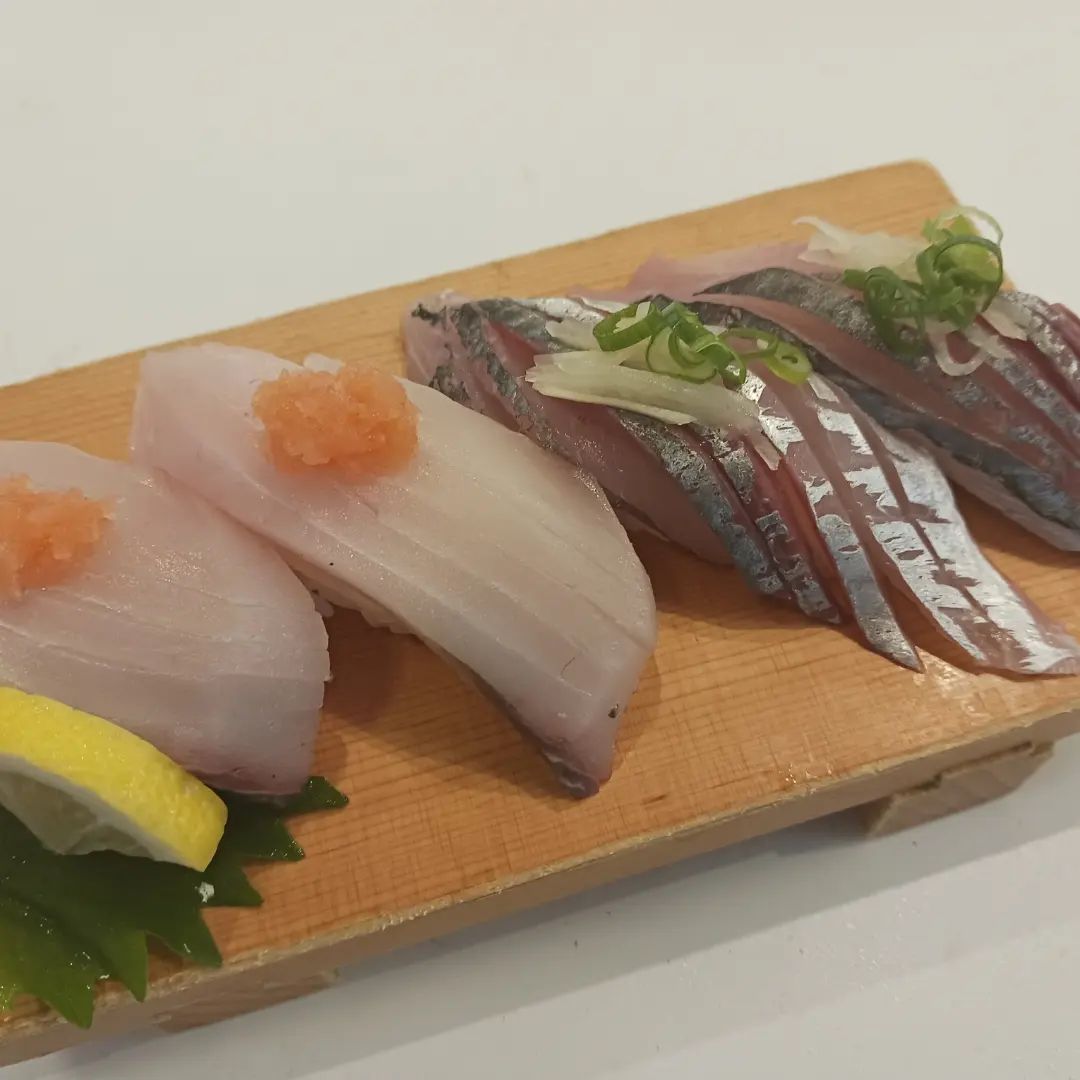
Nitori Hirai
Sushi restaurant in Okayama [SUSHILIVE comment] -


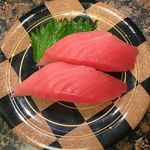
Haidu Honten
Sushi restaurant in Okayama [SUSHILIVE comment] -


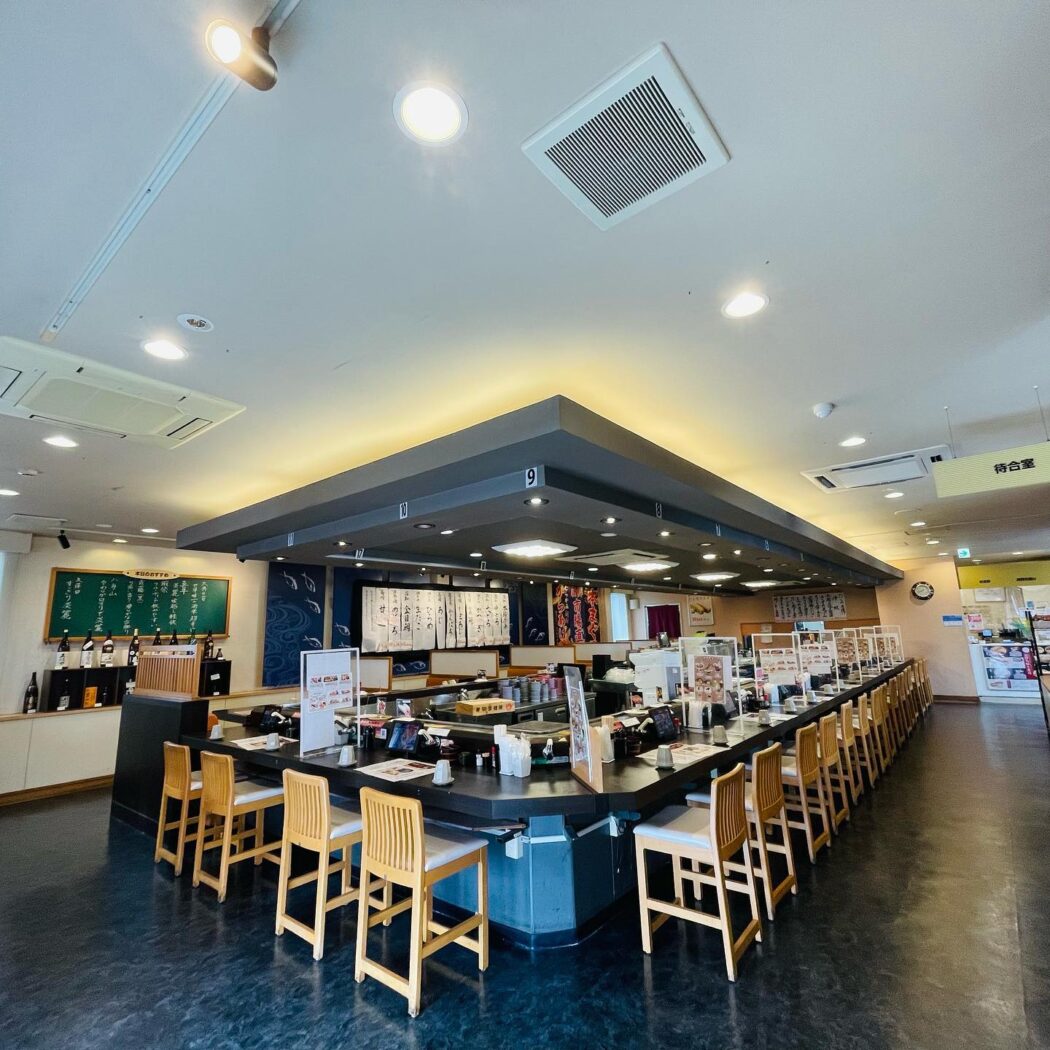
Haidu Nishi-Daishi
Sushi restaurant in Okayama [SUSHILIVE comment] -


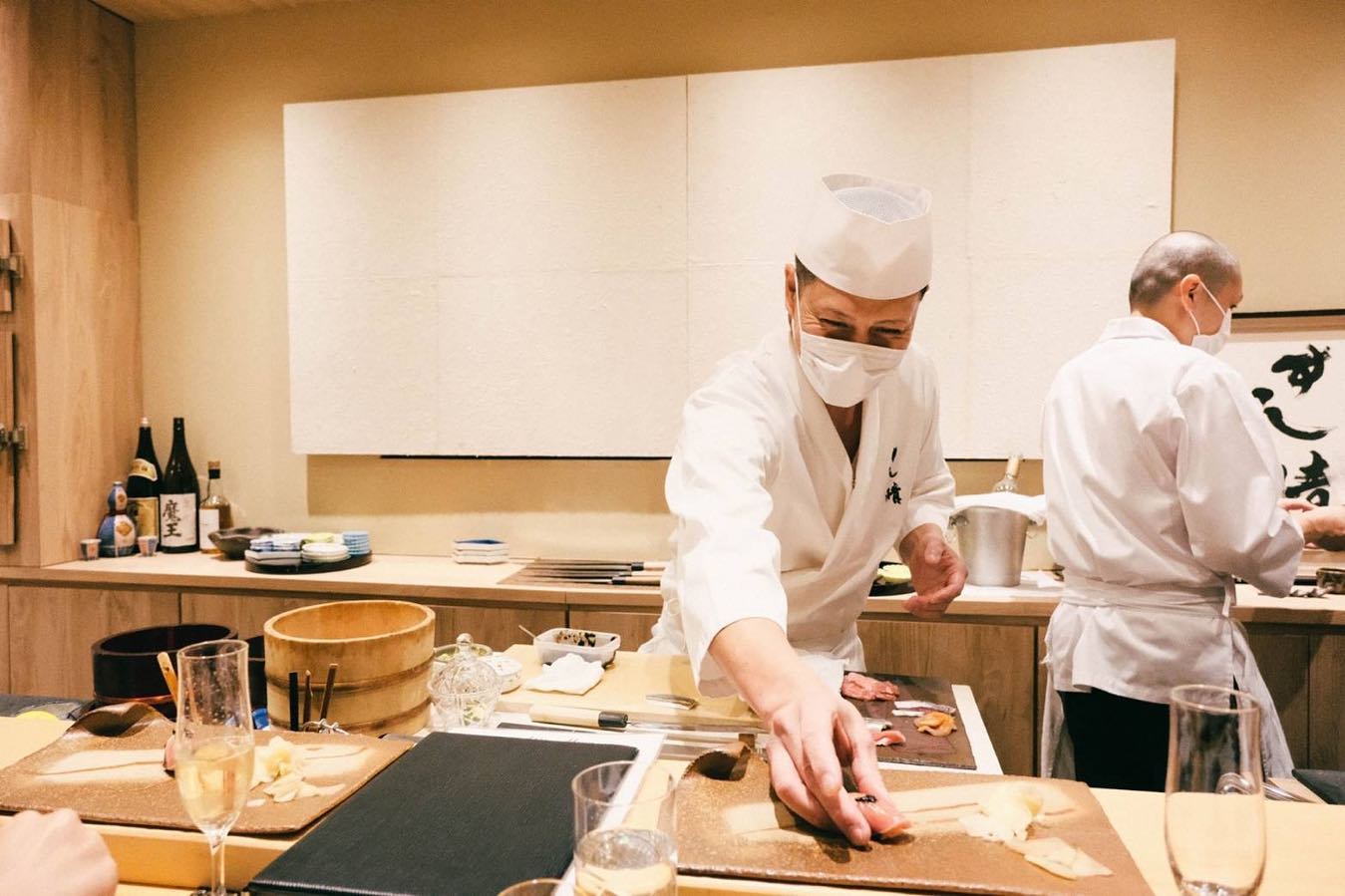
clear soup of sushi
Sushi restaurant in Okayama [SUSHILIVE comment] -


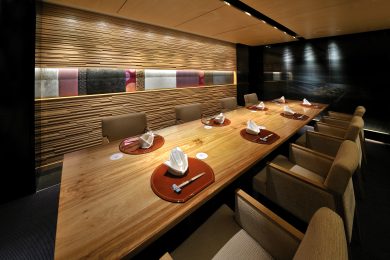
Japanese Cuisine Kibizen
Sushi restaurant in Okayama [SUSHILIVE comment] -


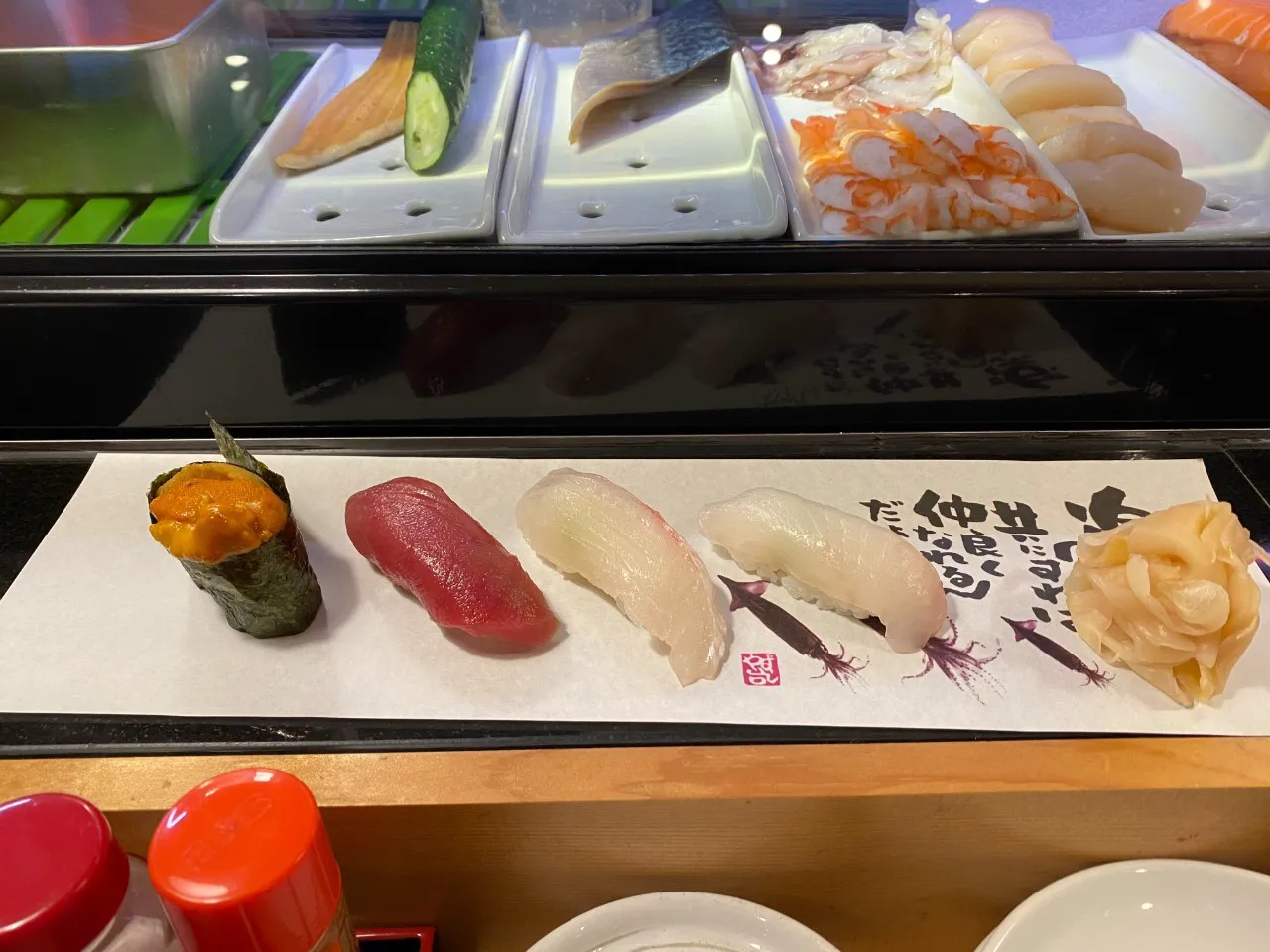
Sushi bar Yadai-zushi Okayama Ekimae-cho
Sushi restaurant in Okayama [SUSHILIVE comment] -



Kappa Sushi Okayama Daifuku
Sushi restaurant in Okayama [SUSHILIVE comment] -


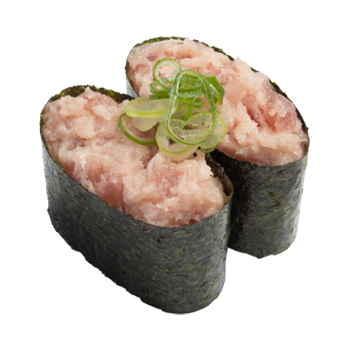
Sushiro Soja Ide Store
Sushi restaurant in Okayama [SUSHILIVE comment] -


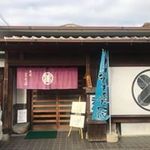
kokubu sushi
Sushi restaurant in Okayama [SUSHILIVE comment] -


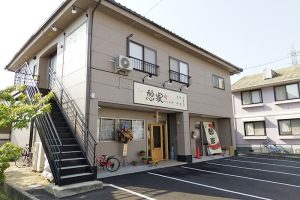
rest home
Sushi restaurant in Okayama [SUSHILIVE comment] -


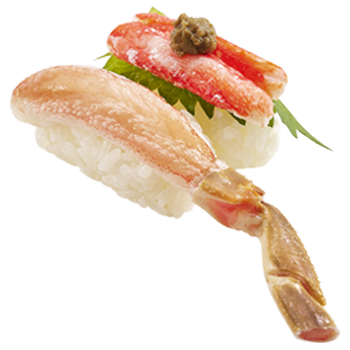
Sushiro Okayama Omochi Store
Sushi restaurant in Okayama [SUSHILIVE comment] -


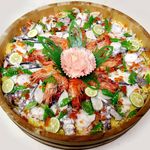
Daimon Sushi
Sushi restaurant in Okayama [SUSHILIVE comment] -


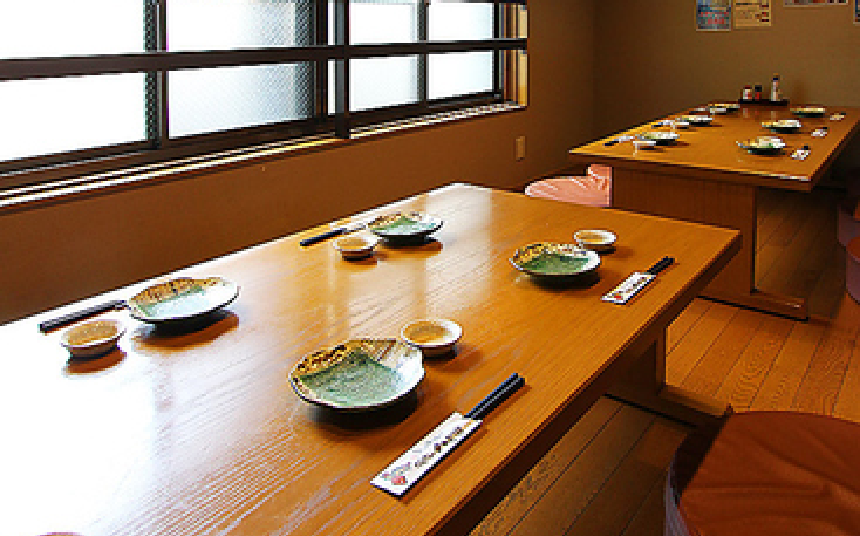
Ganso Izakaya Gatten Hachibei Okayama Ekimae Branch
Sushi restaurant in Okayama [SUSHILIVE comment] -


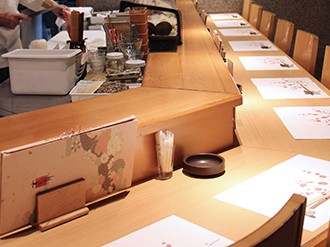
sushi boat
Sushi restaurant in Okayama [SUSHILIVE comment] -


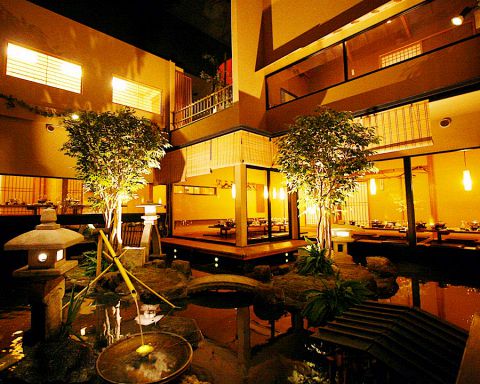
Ryoutei Bokancho Honten
Sushi restaurant in Okayama [SUSHILIVE comment] -


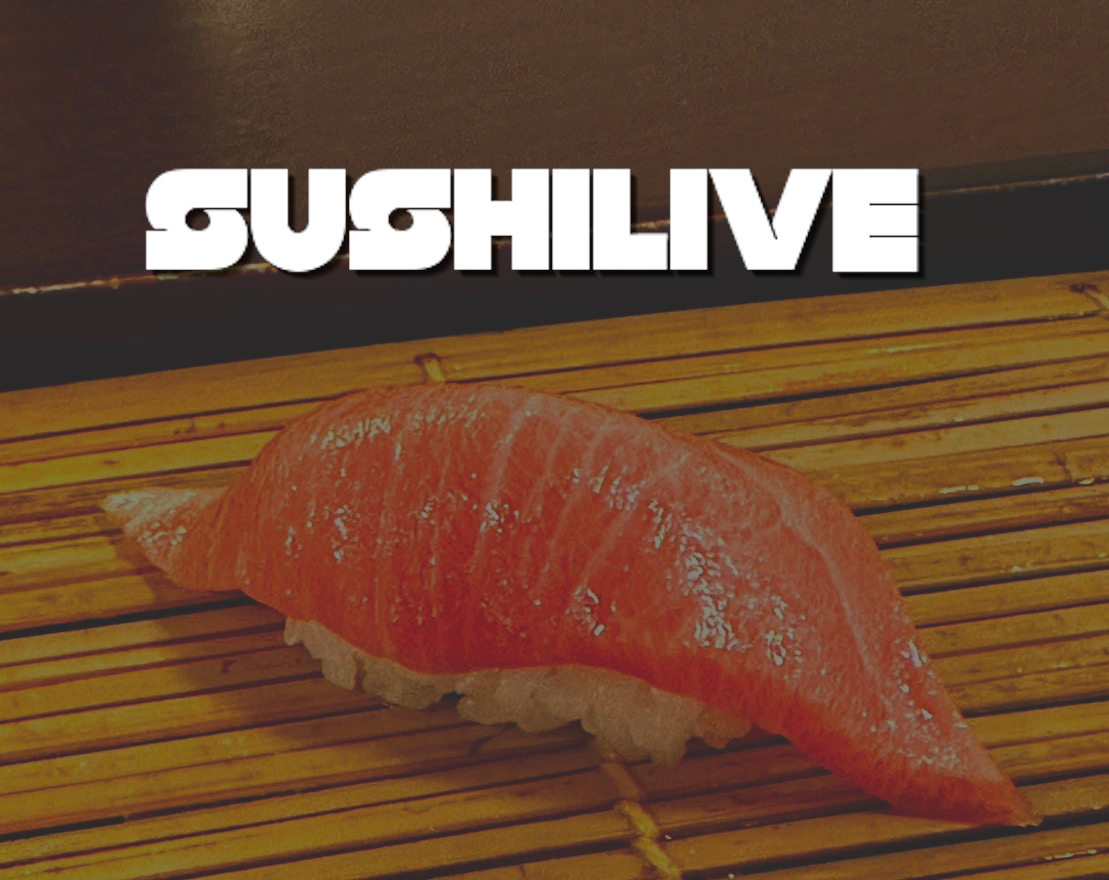
Minato Sushi
Sushi restaurant in Okayama [SUSHILIVE comment] -



modern
Sushi restaurant in Okayama [SUSHILIVE comment] -


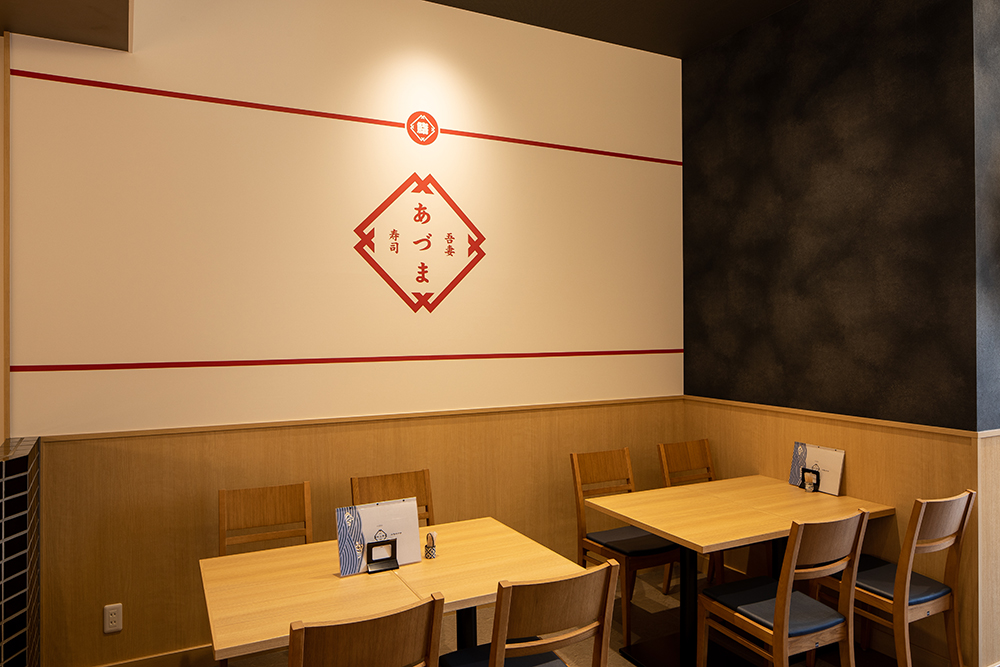
Azuma-zushi
Sushi restaurant in Okayama [SUSHILIVE comment] -


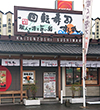
Kaitenzushi Sushimaru Aoe Branch
Sushi restaurant in Okayama [SUSHILIVE comment] -


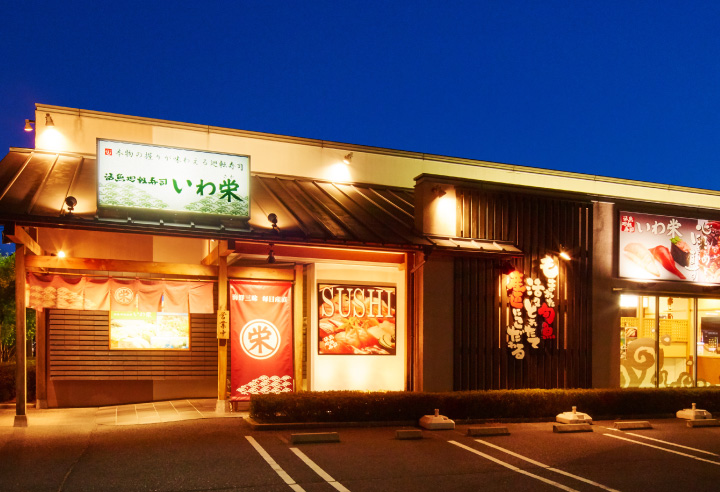
Iwakae Tsudakaten - Live Fish Conveyorized Sushi Restaurant
Sushi restaurant in Okayama [SUSHILIVE comment] -


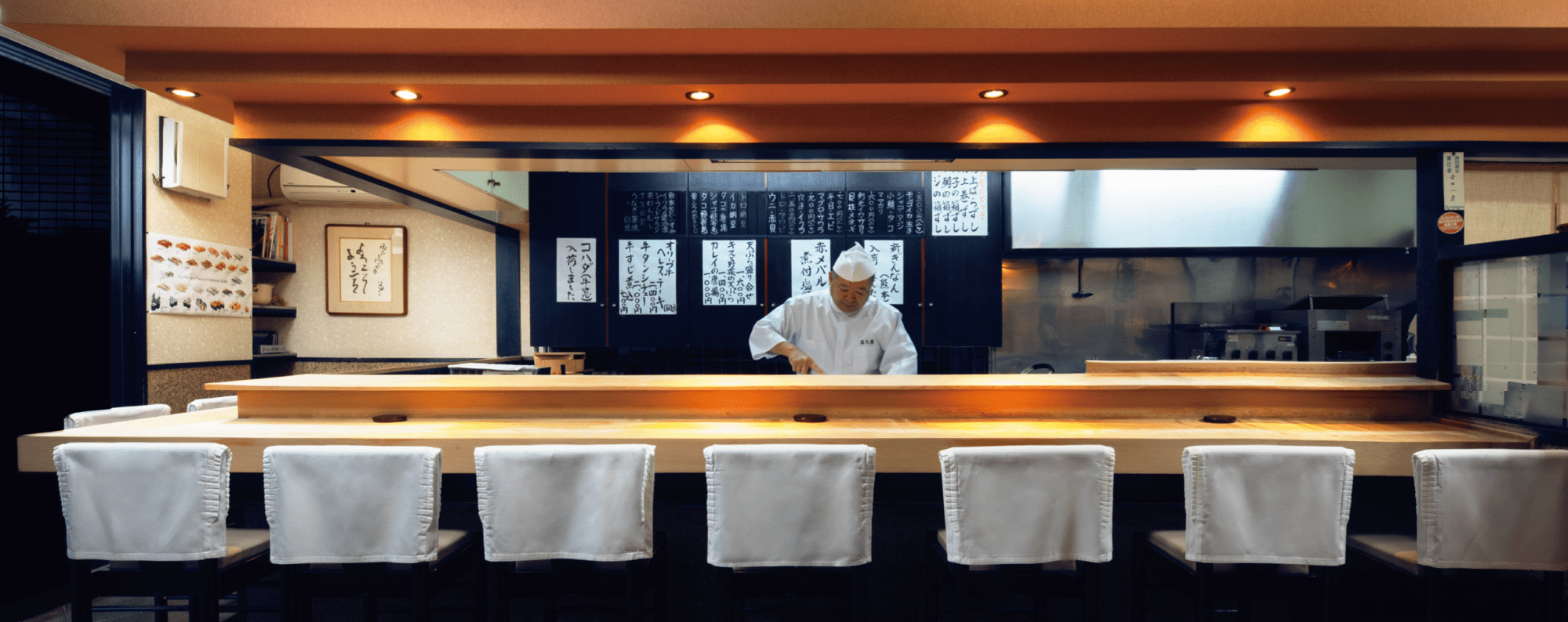
Sushi & Wagyu Tomikuya
Sushi restaurant in Okayama [SUSHILIVE comment] -



pinecone
Sushi restaurant in Okayama [SUSHILIVE comment] -



Gozenbou Takamoto
Sushi restaurant in Okayama [SUSHILIVE comment]
Recommended conveyor belt sushi restaurants in Okayama, Japan
-


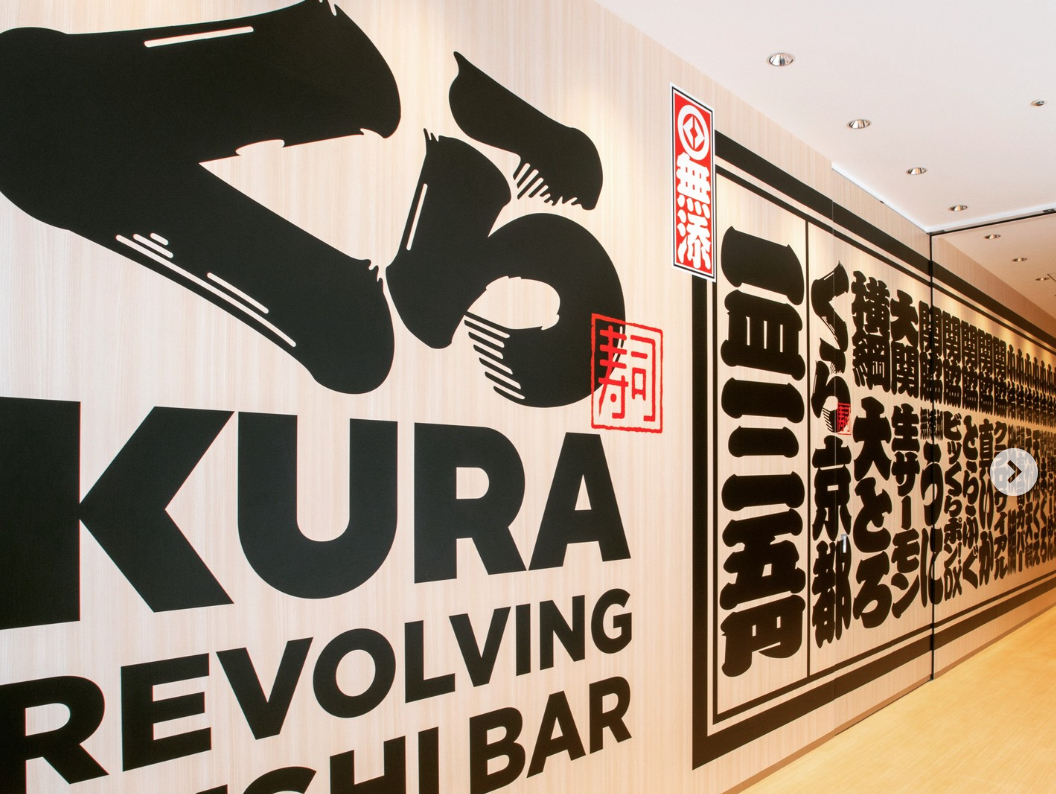
Kura Sushi Higashi-Okayama Store
Sushi restaurant in Okayama [SUSHILIVE comment] -


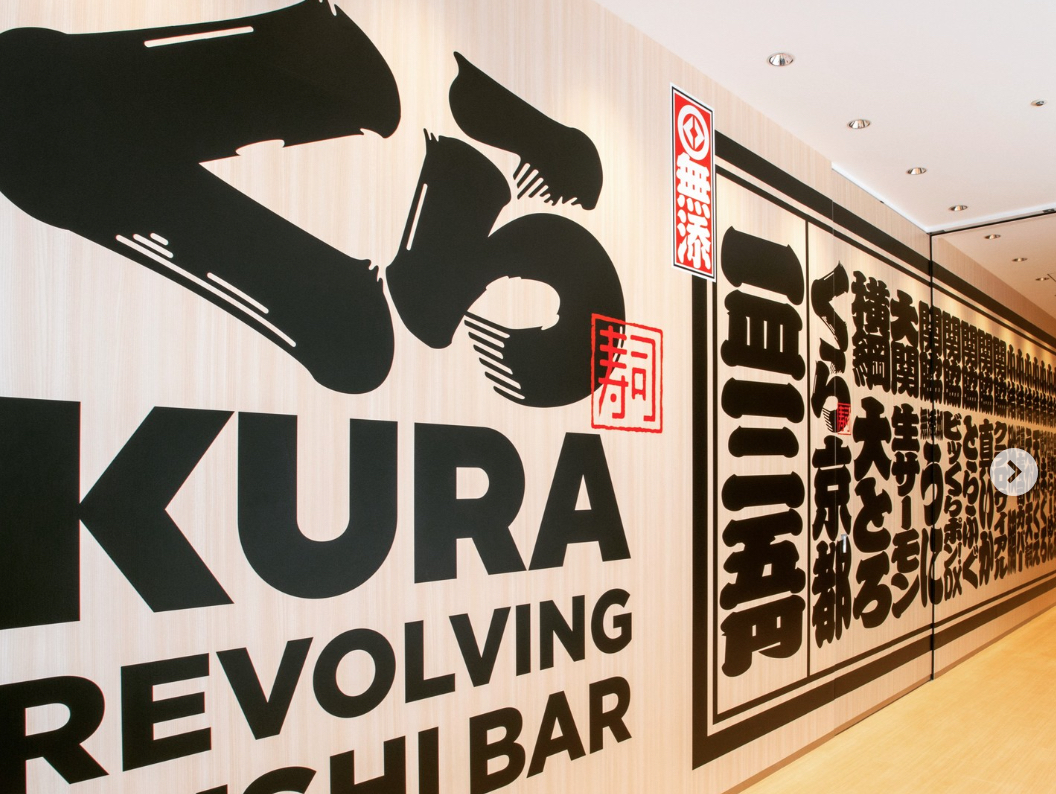
Kura Sushi Nitori Okayama Tokaichi
Sushi restaurant in Okayama [SUSHILIVE comment] -


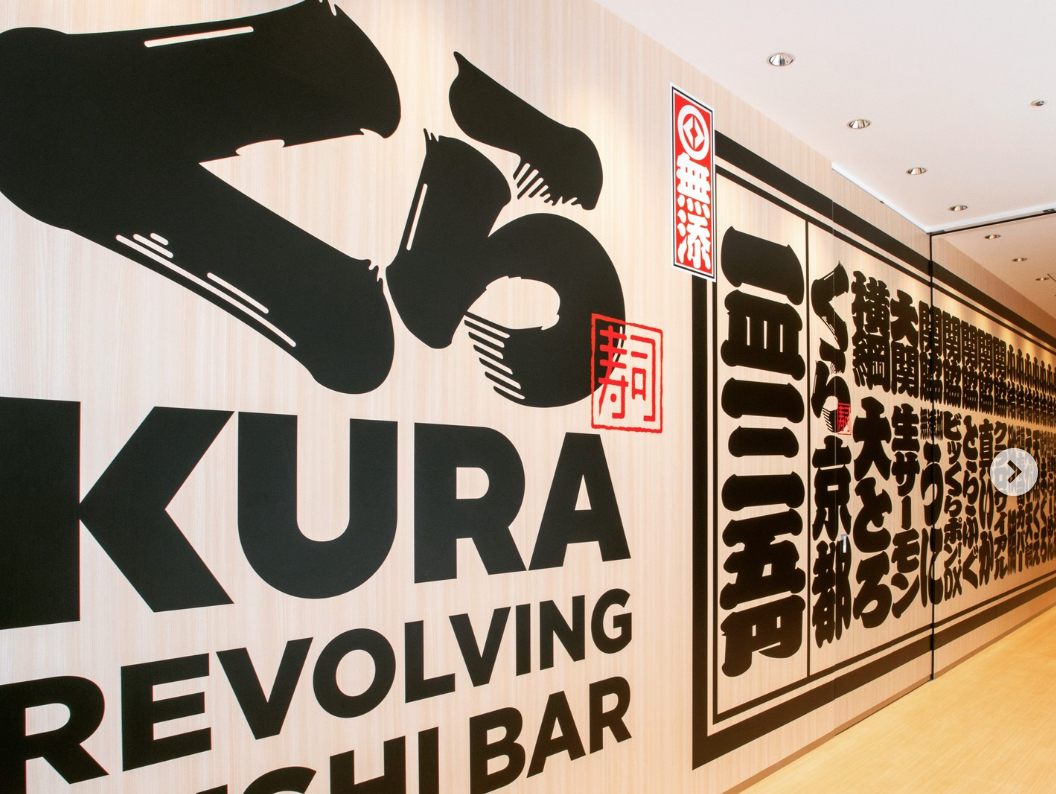
Kura Sushi Kurashiki Hamanochaya
Sushi restaurant in Okayama [SUSHILIVE comment] -


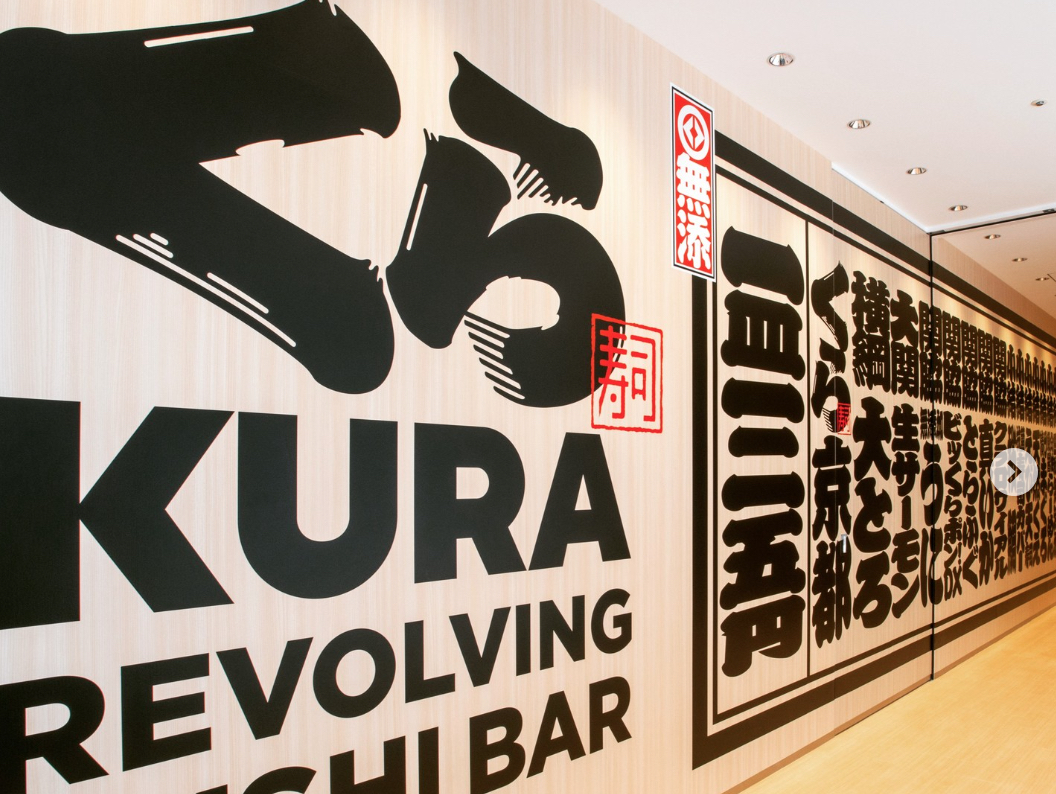
Kura Sushi Tsuyama Store
Sushi restaurant in Okayama [SUSHILIVE comment] -


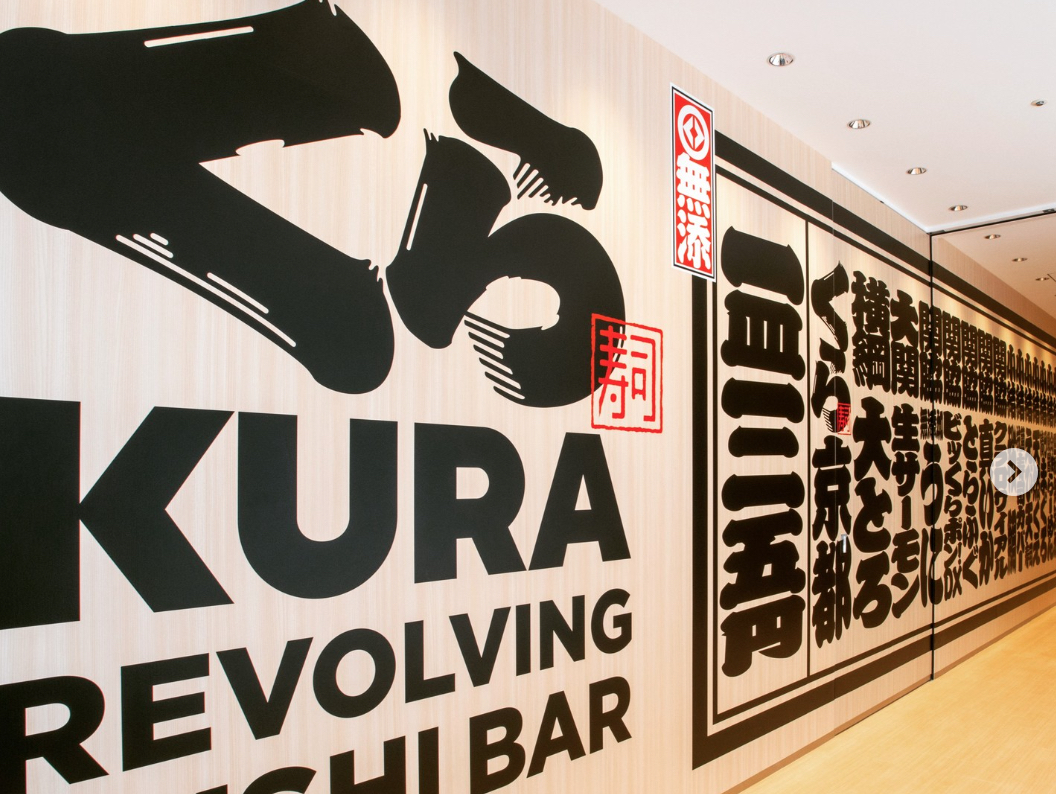
Kura Sushi Kurashiki Renshima Store
Sushi restaurant in Okayama [SUSHILIVE comment] -


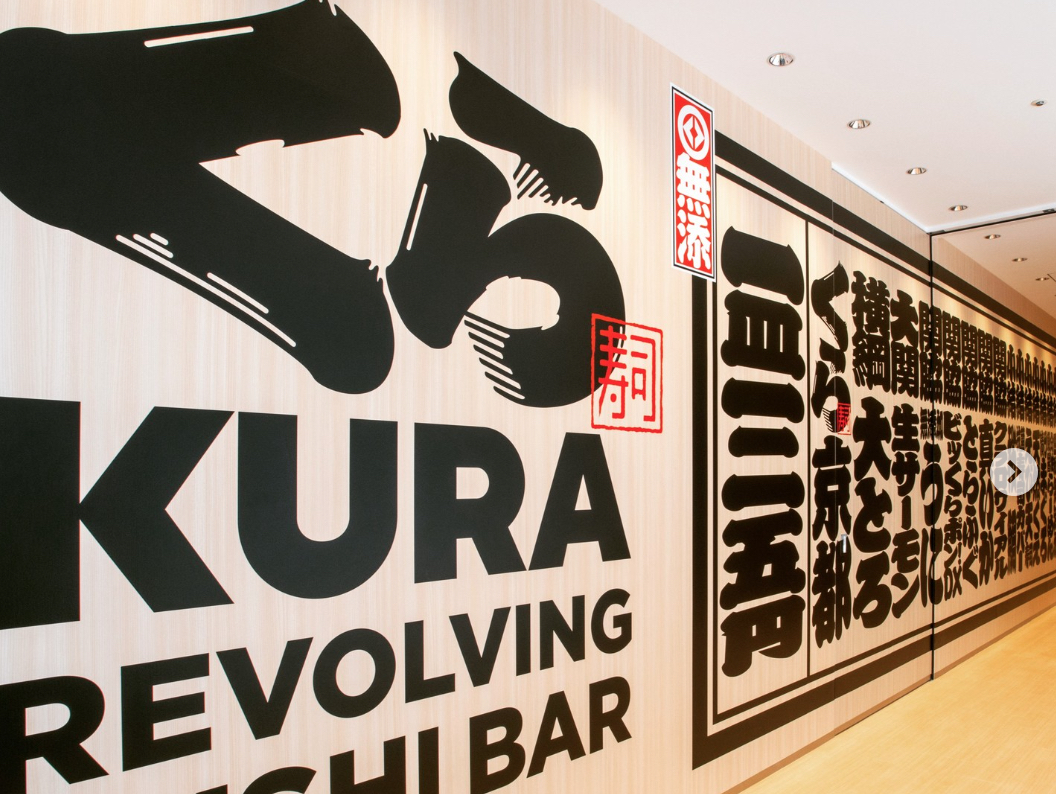
Kura Sushi Nitori Okayama Kita
Sushi restaurant in Okayama [SUSHILIVE comment] -


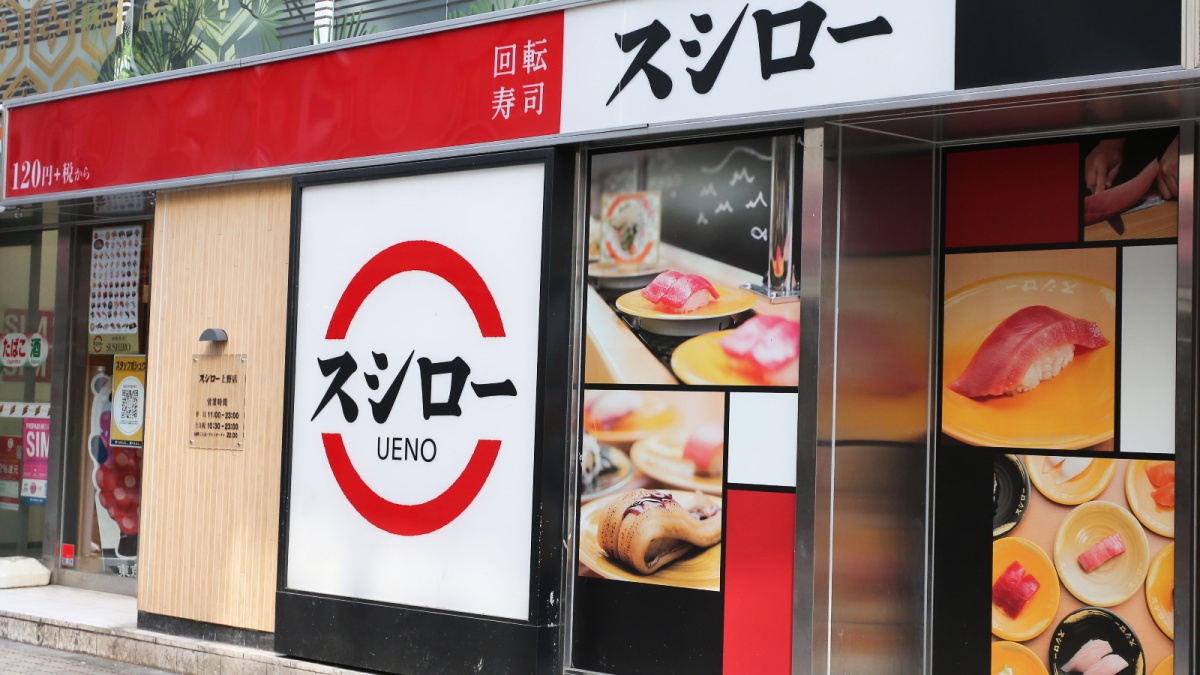
Sushiro Higashi-Okayama
Sushi restaurant in Okayama [SUSHILIVE comment] -


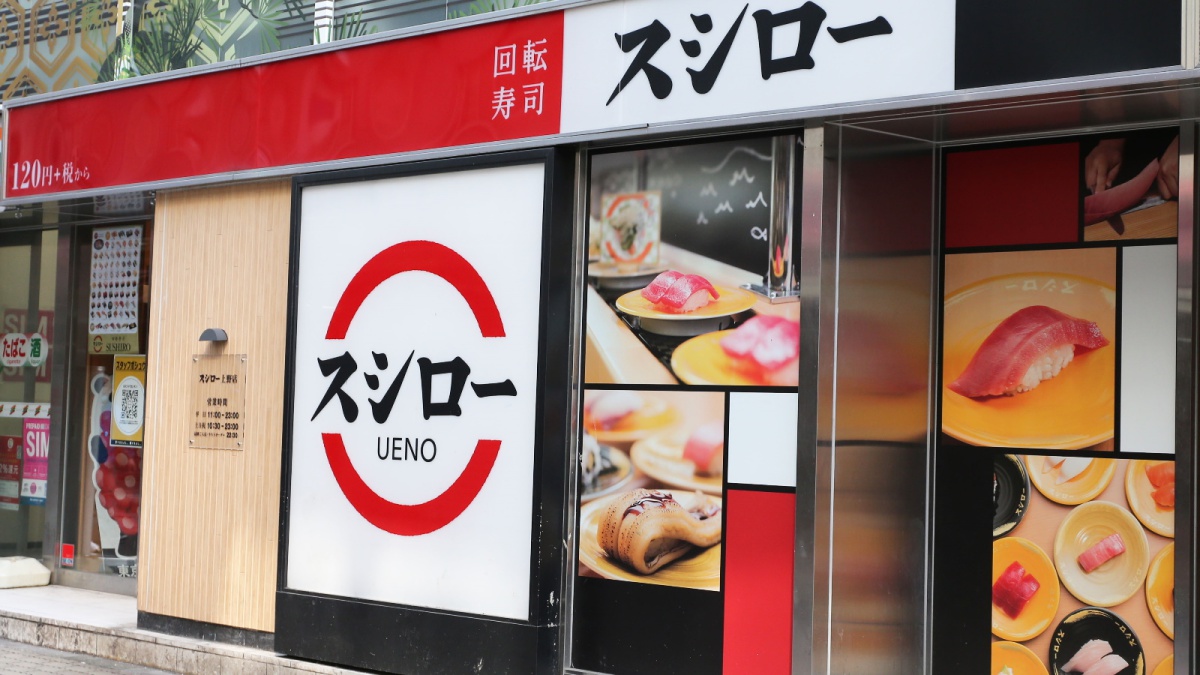
Sushiro Kurashiki Okishin
Sushi restaurant in Okayama [SUSHILIVE comment] -


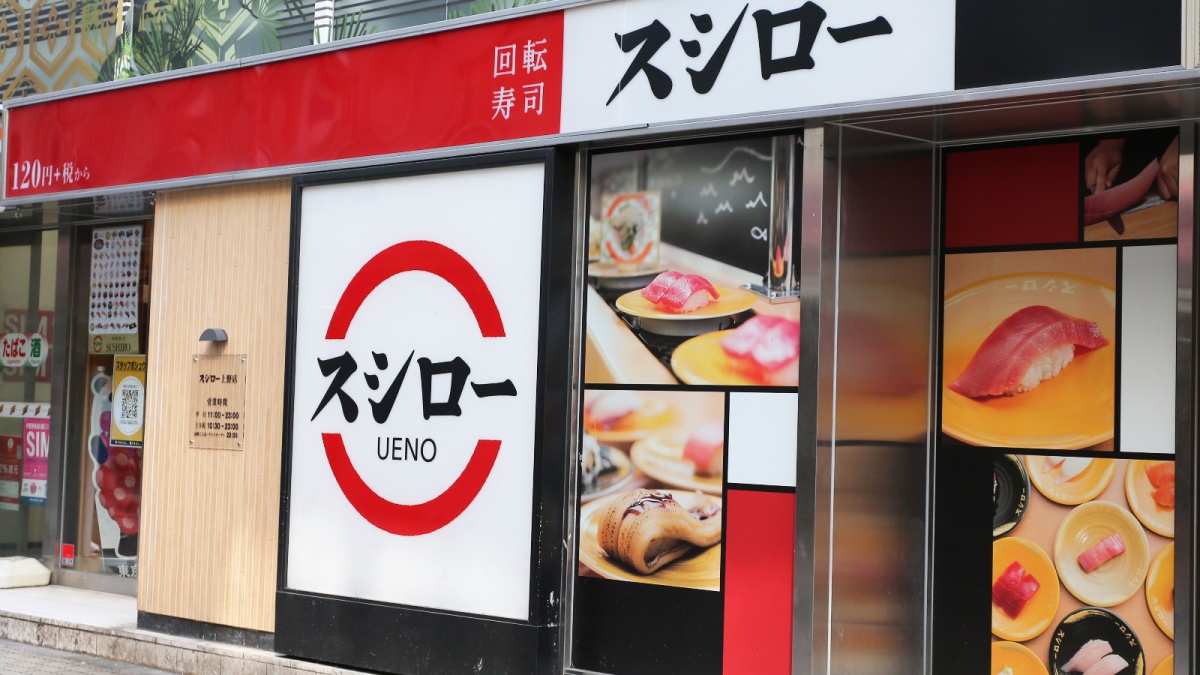
Sushiro Tsuyama Store
Sushi restaurant in Okayama [SUSHILIVE comment] -


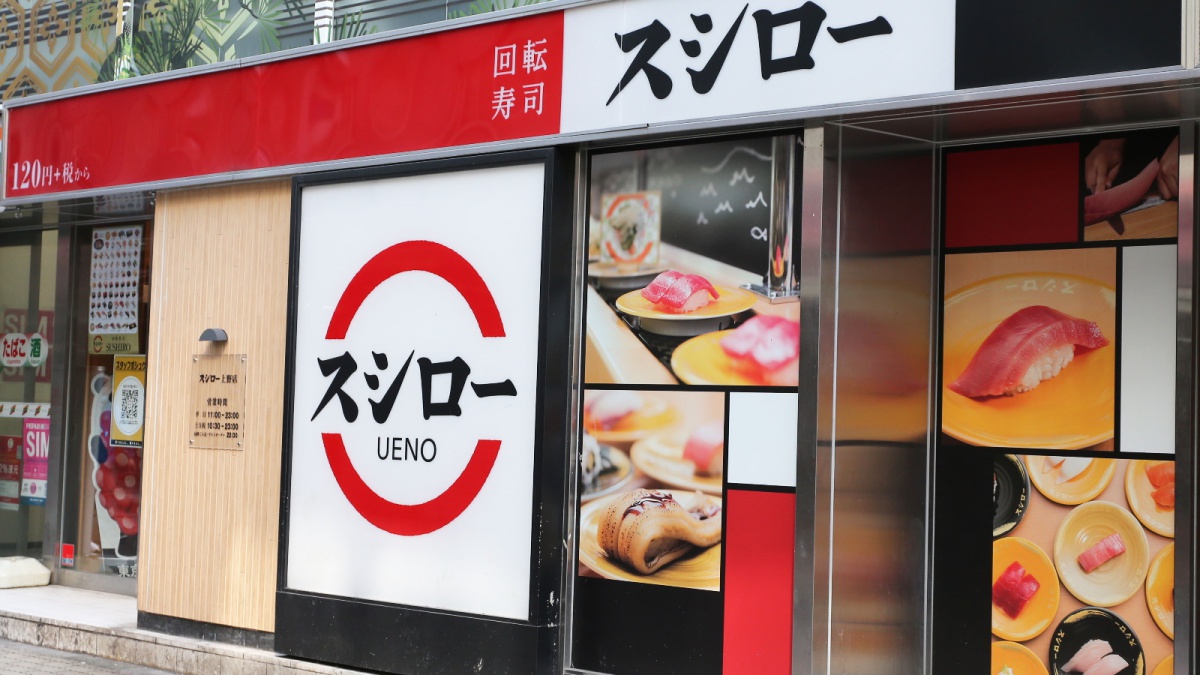
Sushiro Nitori Okazama
Sushi restaurant in Okayama [SUSHILIVE comment] -


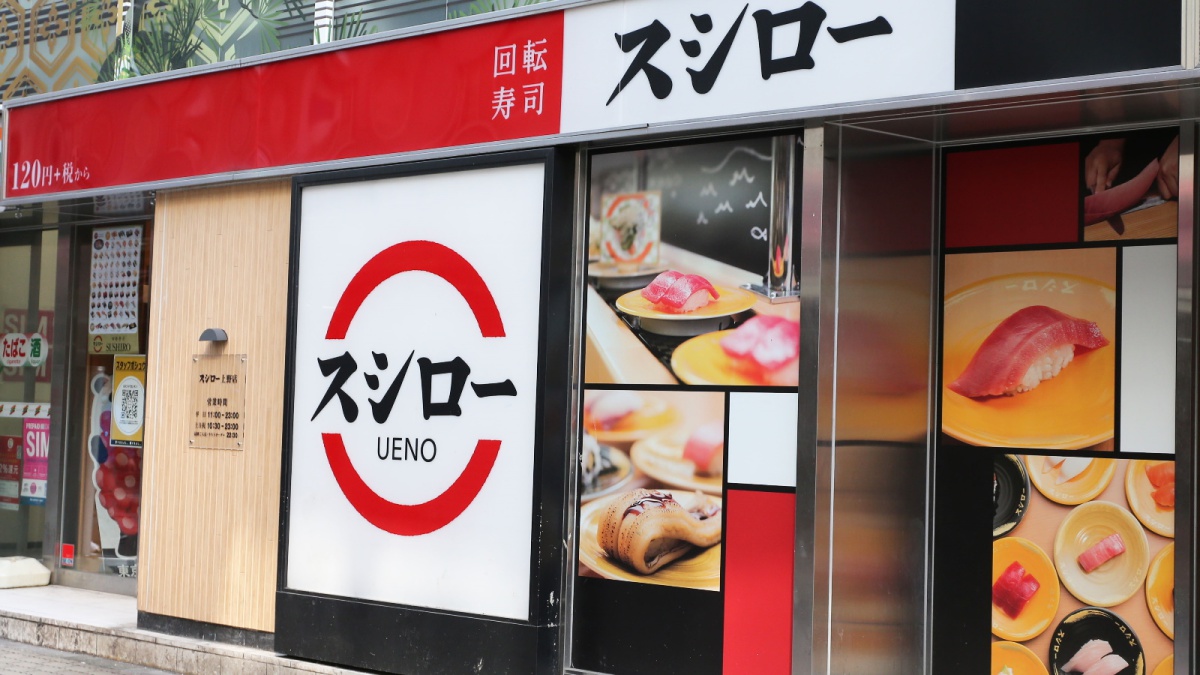
Sushiro Kurashiki Miyamae
Sushi restaurant in Okayama [SUSHILIVE comment] -


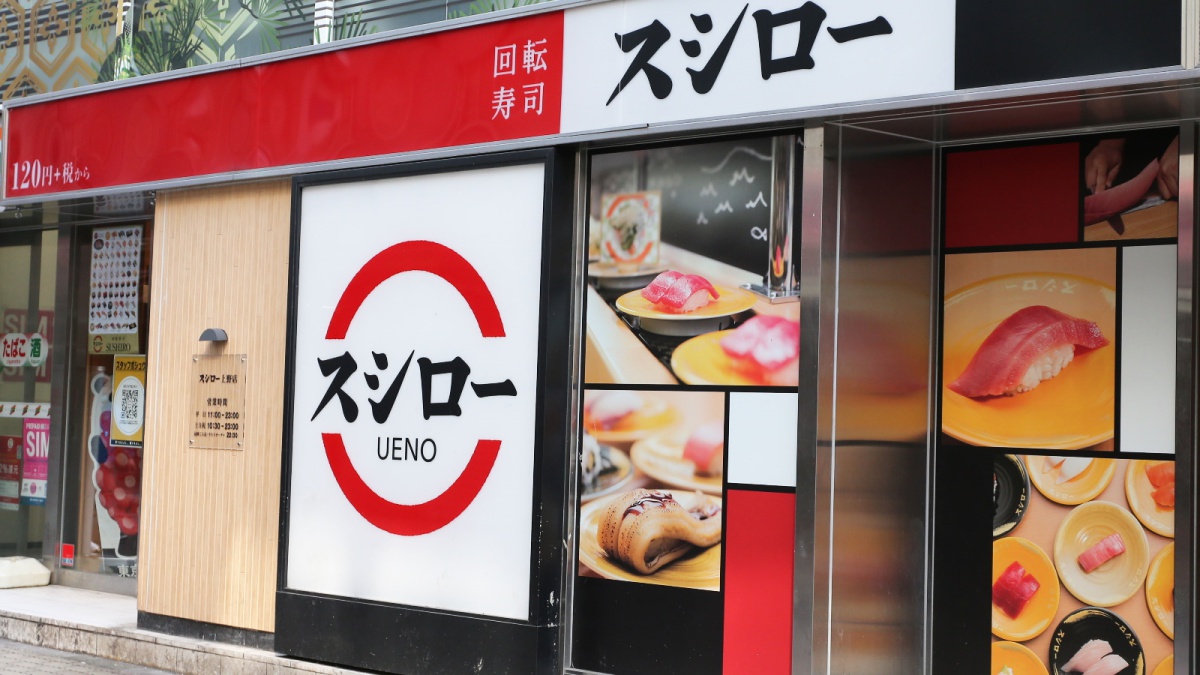
Sushiro Okayama Shinfuku
Sushi restaurant in Okayama [SUSHILIVE comment] -


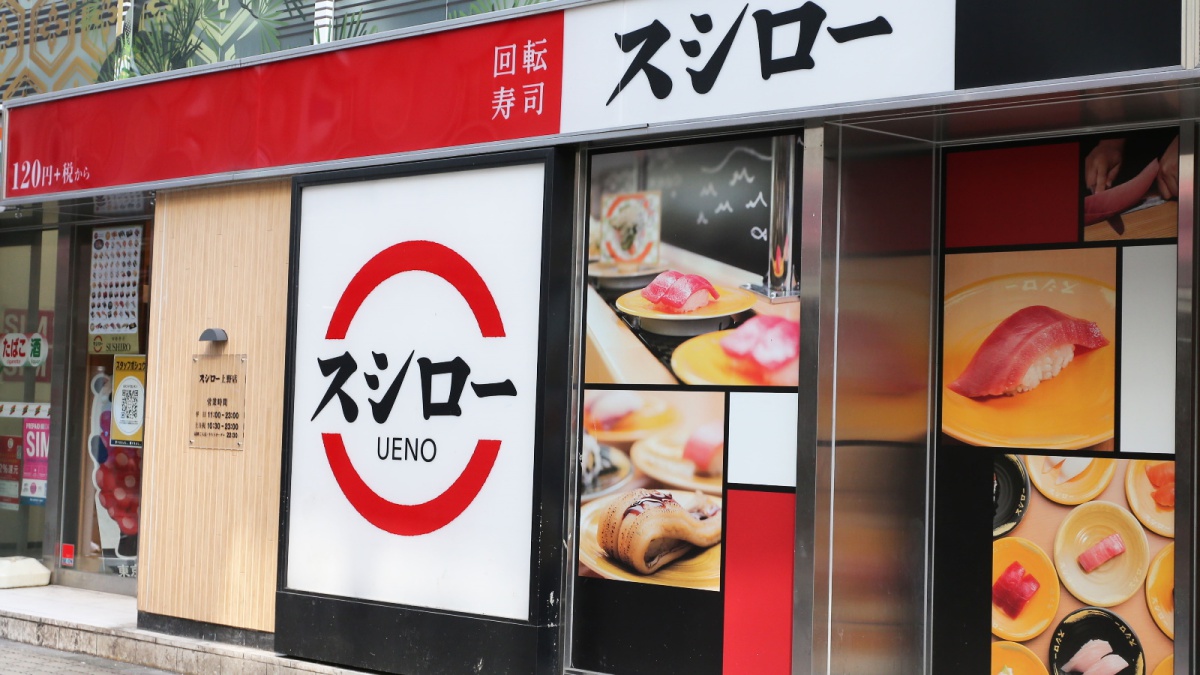
Sushiro Soja Iide
Sushi restaurant in Okayama [SUSHILIVE comment] -


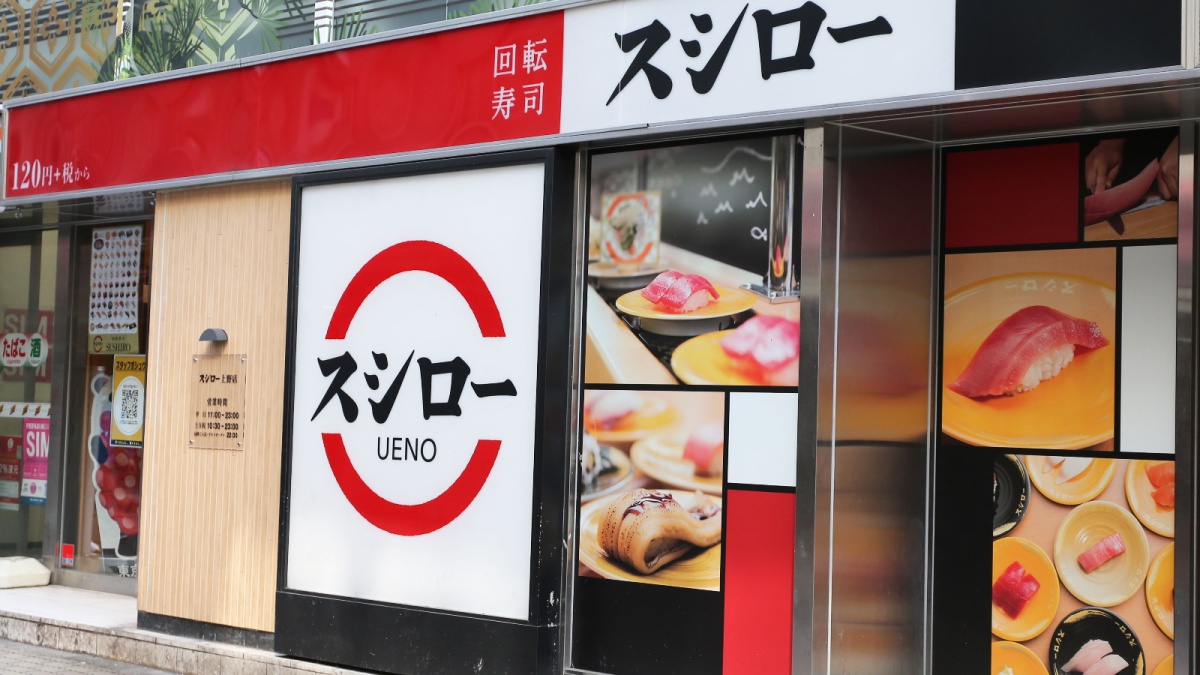
Sushiro Kurashiki Tamashima
Sushi restaurant in Okayama [SUSHILIVE comment] -


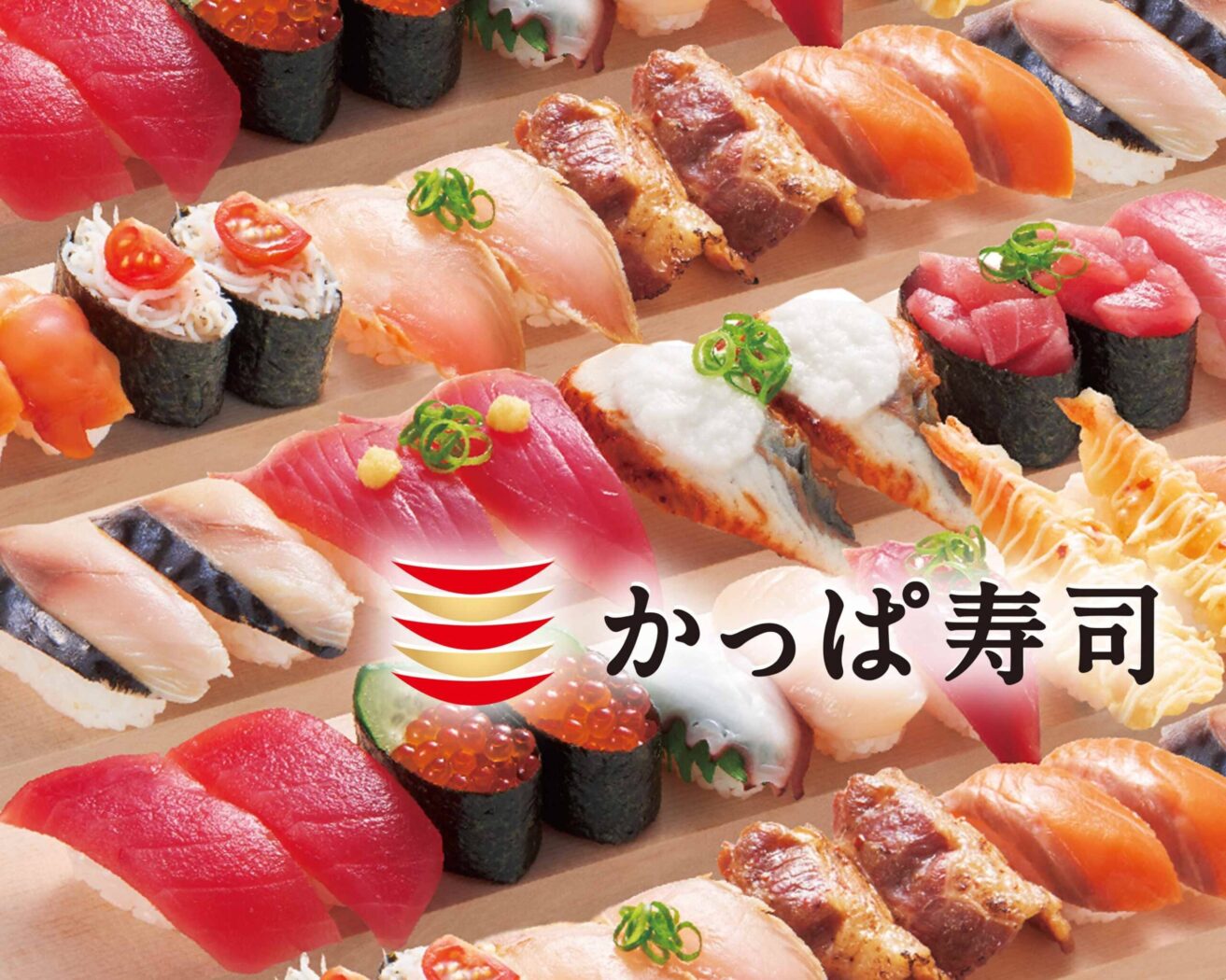
Kappa sushi Tsuyama Store
Sushi restaurant in Okayama [SUSHILIVE comment] -


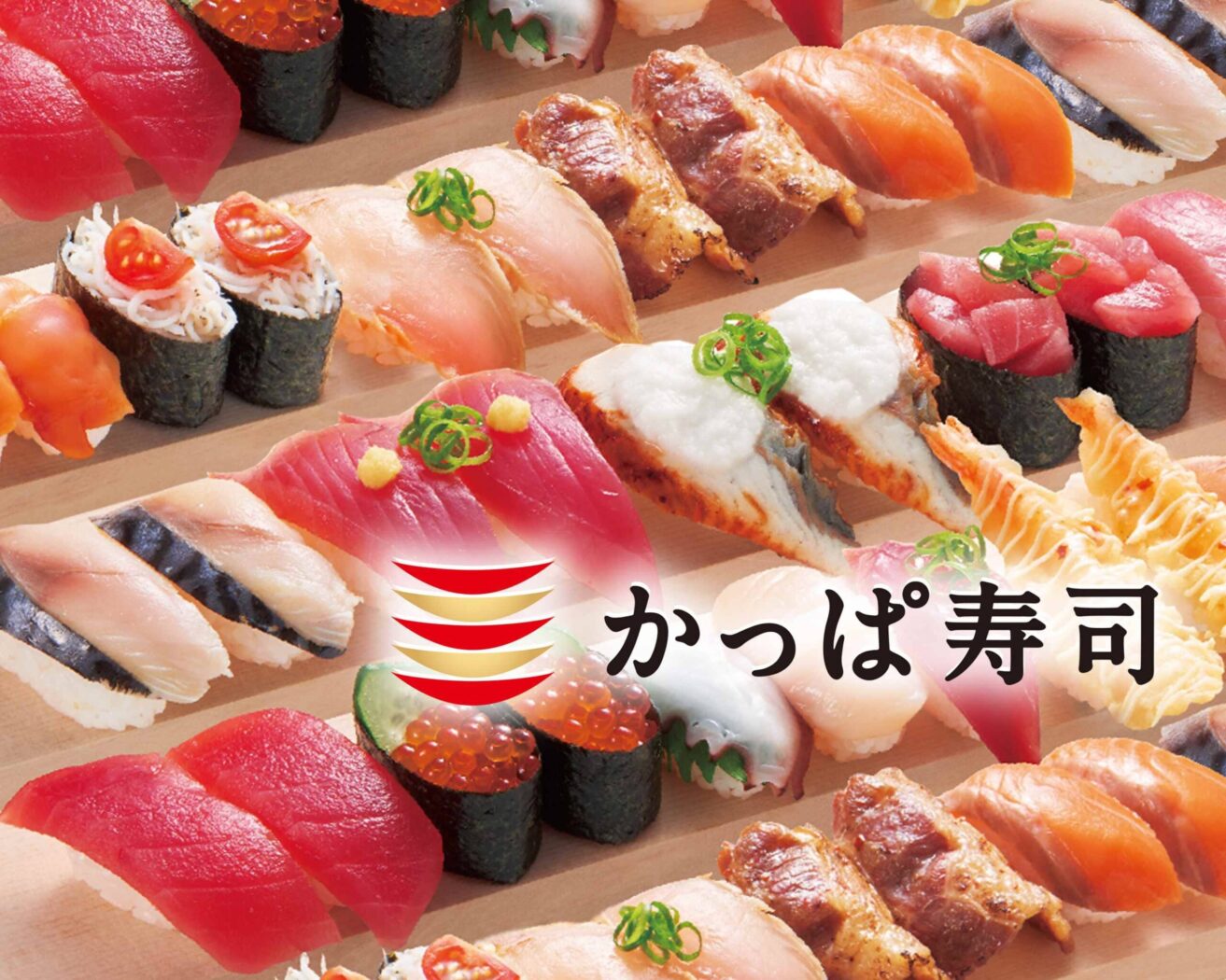
Kappa sushi Soja Store
Sushi restaurant in Okayama [SUSHILIVE comment] -


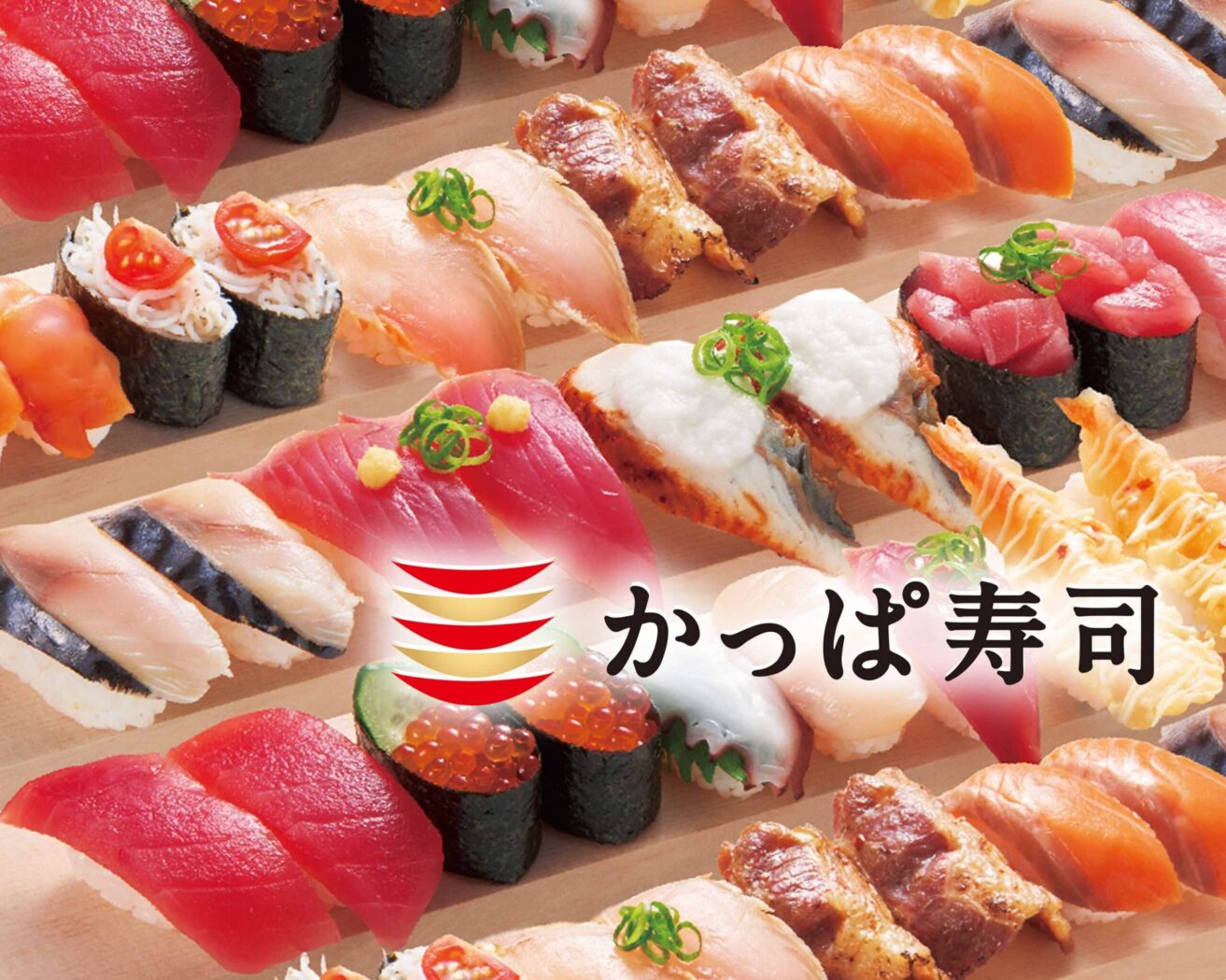
Kappa sushi Kojima Branch
Sushi restaurant in Okayama [SUSHILIVE comment] -


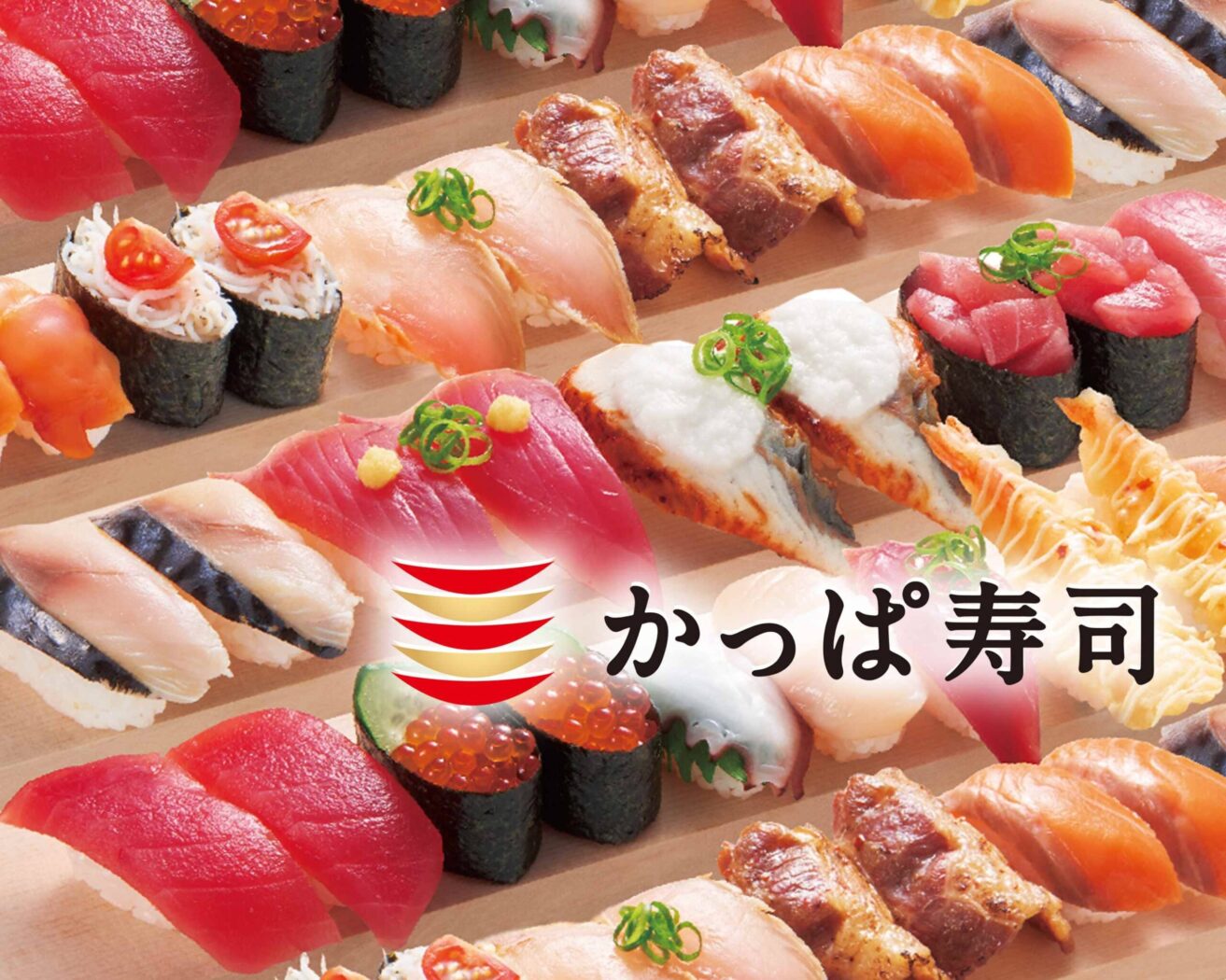
Kappa sushi Kasaoka Store
Sushi restaurant in Okayama [SUSHILIVE comment] -


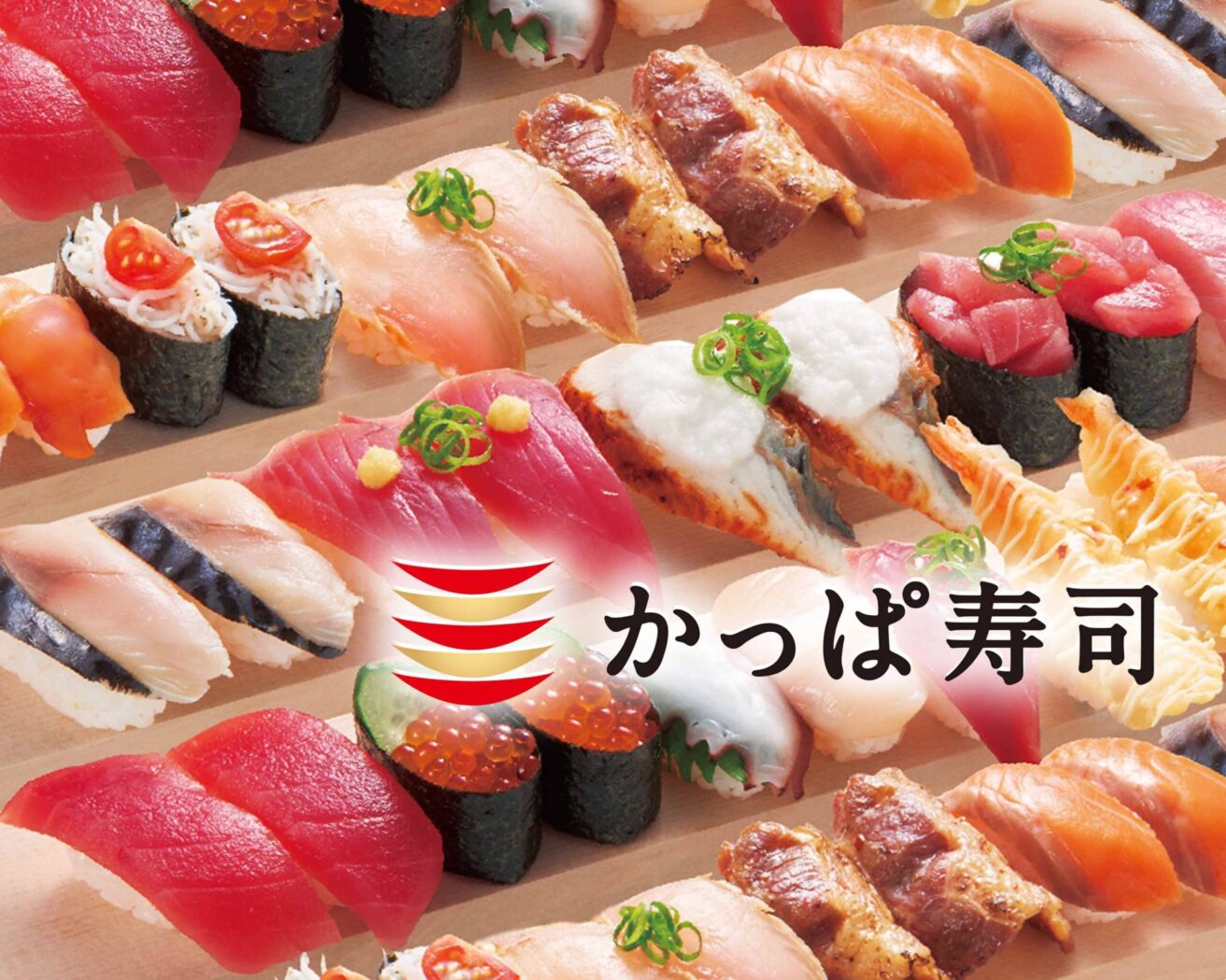
Kappa sushi Nitori Okayama Daifuku
Sushi restaurant in Okayama [SUSHILIVE comment] -


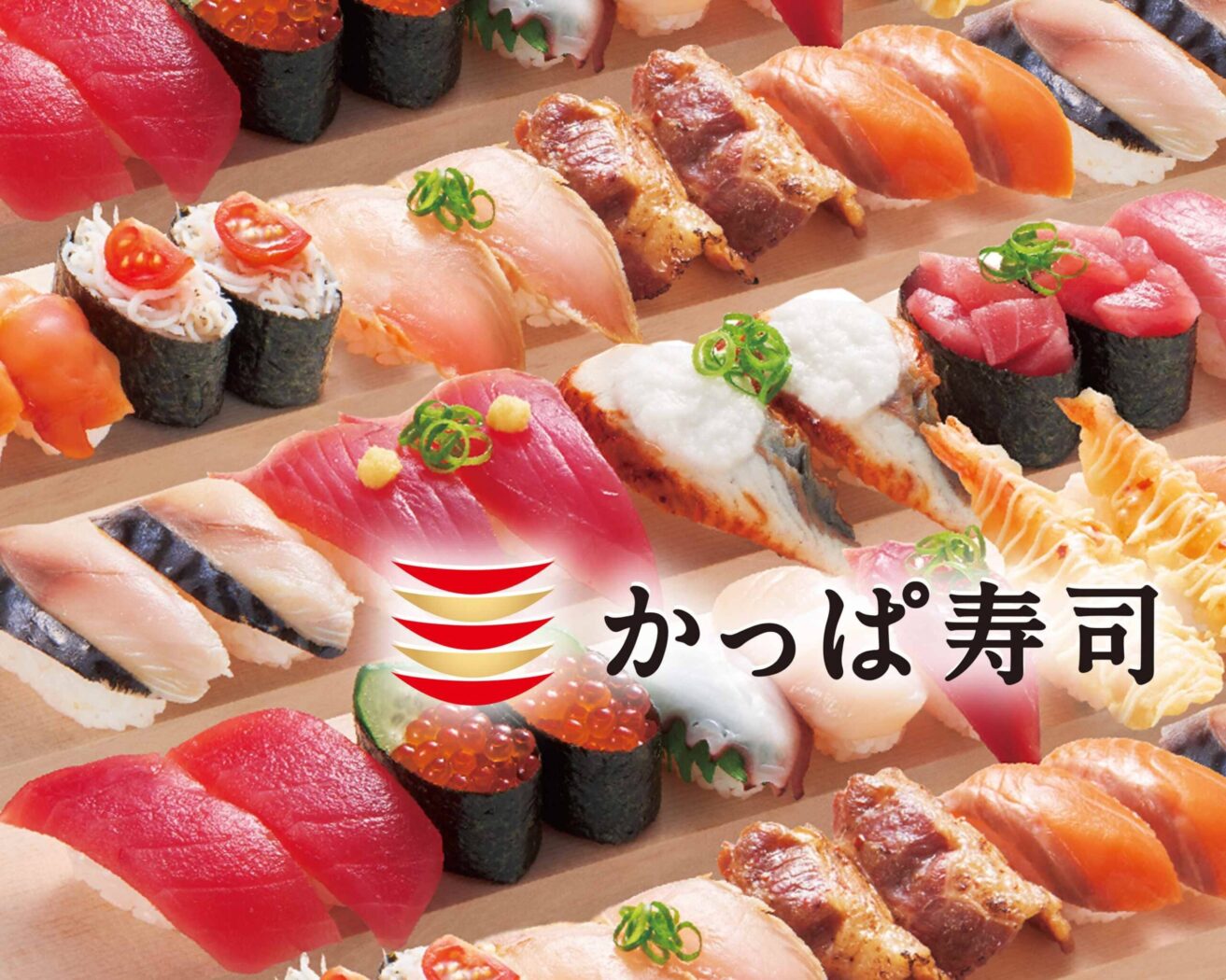
Kappa sushi Kurashiki Store
Sushi restaurant in Okayama [SUSHILIVE comment]
Characteristics of Okayama’s Cuisine
The Blessings and History of the Seto Inland Sea: The Charm of Okayama
Located in the southwestern part of the Chugoku region, Okayama Prefecture boasts a natural landscape, with the Chugoku Mountains to the north and the Seto Inland Sea to the south. Blessed with abundant water resources and a warm climate, agriculture has been thriving since ancient times. Additionally, facing the Seto Inland Sea, the marine transport industry has also developed, flourishing as a crucial hub for traffic between the Kinai region and western Japan.
The economy of Okayama Prefecture is centered around agriculture and industry. In terms of agriculture, nationally renowned branded fruits such as “Okayama White Peach” and “Muscat of Alexandria” are cultivated. In industry, heavy industries such as petrochemicals, steel, and automobiles are thriving, centered around the Mizushima Industrial Complex in Kurashiki City. Recently, advanced industries like biotechnology and information and communication technology have also been developing.
However, Okayama Prefecture is facing notable challenges with a population decline and advancing aging society, more so than the national average. Particularly, depopulation is progressing in the mountainous regions, posing a significant issue. The aging rate of the entire prefecture also exceeds 25%, demanding enhancements in medical and nursing care services and initiatives for regional revitalization.
To overcome these challenges and realize a sustainable society, Okayama Prefecture is implementing various measures. Specifically, it is promoting migration and settlement, tourism, and the enhancement of agriculture and industry, as well as improving medical and nursing care services, among other multifaceted policies.
The food culture of Okayama Prefecture, nurtured by its rich nature, history, and the lives of its people, holds potential for further development in the future.
The Glory of the Ancient Kibi Kingdom, the Era of Samurai, and the Modern Age
Okayama Prefecture is a land deeply intertwined with history and geography, from the glory of the ancient Kibi Kingdom, through the rise and fall of samurai, to strides toward modernization.
Anciently, the prosperity of the Kibi Kingdom was symbolized by Kibitsu Shrine and other ancient Kibi countries. Following that, numerous historical sites, such as Bitchu Matsuyama Castle and Yubara Onsen, tell tales of the samurai era.
Entering the modern era, the construction of Okayama Castle and Korakuen Garden, along with the formation of the Kurashiki Bikan Historical Quarter, marked the flowering of cultural and economic development.
Blessed with a warm climate and rich nature, Okayama Prefecture is a land where history and modernity blend to create a charming destination.
The Food Culture of Okayama Prefecture, Nourished by the Seto Inland Sea’s Blessings and History
The food culture of Okayama Prefecture has been cultivated by its abundant nature and history.
Featuring sushi made with fresh seafood from the Seto Inland Sea, and local cuisines using mountain delicacies cultivated in its rich mountainous areas, it boasts a diverse appeal of culinary delights.
In particular, seafood such as Spanish mackerel (sawara), horse mackerel (aji), and conger eel (anago) caught in the Seto Inland Sea are popular ingredients for Okayama sushi.
Furthermore, there are many traditional local dishes that have been handed down through history.
“Bokkake,” a dish beloved at the foot of Bitchu Matsuyama Castle since ancient times, perfectly accompanies rice with its sweet and spicy stewed beef tendons and konjac.
In recent years, there has been a growing interest in “local production for local consumption” and “organic” food, especially among younger generations, leading to the emergence of new restaurants and dishes utilizing local ingredients.
Okayama Prefecture’s food culture continues to evolve while preserving its traditions, moving towards a new era.
The Sushi of Okayama Prefecture, Woven by the Blessings of the Seto Inland Sea and Tradition
The sushi of Okayama Prefecture is characterized by fresh seafood from the Seto Inland Sea and delicacies from its rich mountainous areas.
Seafood such as Spanish mackerel (sawara), horse mackerel (aji), and conger eel (anago), caught in the Seto Inland Sea, are popular ingredients in Okayama sushi.
There are also many traditional local sushi dishes.
“Mamakari Sushi” is a traditional pressed sushi from Kurashiki City, Okayama Prefecture, dating back to the Edo period. It is made by pressing vinegared Spanish mackerel between rice and seaweed.
Recently, innovation by sushi chefs, especially among the younger generation, has led to new styles of sushi.
With creations using Okayama Prefecture’s branded ingredients and sushi utilizing Seto Inland Sea seafood, a variety of sushi can be enjoyed.
Okayama Prefecture’s sushi continues to evolve while preserving its traditions, moving towards a new era.
Okayama’s Specialty Products: A Diverse Charm Woven by Tradition and Innovation
Okayama Prefecture, blessed with rich nature and history, has produced various specialty products since ancient times.
【Traditional Crafts】
Bizen ware, produced in Bizen City, Okayama Prefecture, is a type of pottery using iron-rich clay and natural glaze, known for its unique texture and warmth.
The Ohara Museum of Art, Japan’s first private museum specializing in Western art, houses works by famous painters such as Monet and Van Gogh.
【Food Culture】
Okayama white peach, a representative fruit of Okayama Prefecture, includes various cultivars like Hakuhou, Natsuotome, and Kawazu Hakuho, known for their juicy sweetness and rich fragrance.
Muscat of Alexandria, a large grape variety cultivated in Kurashiki City, Okayama Prefecture, is characterized by its large size and the fact that it can be eaten with the skin, offering a perfect balance of sweetness and acidity.
【Other Products】
Muscat of Alexandria from Mabi Town is known for its large size and edibility of the skin.
Kurashiki denim, produced in Kurashiki City, Okayama Prefecture, is made using traditional methods with over 100 years of history, cherished by jeans enthusiasts worldwide.
In recent years, innovative products incorporating new technologies and ideas into traditional specialty products have also emerged.
Fashion items using Okayama denim and sweets made with Muscat of Alexandria are among the unique offerings developed, showcasing Okayama’s charm.
Okayama’s specialty products overflow with a diverse charm woven by tradition and innovation.

